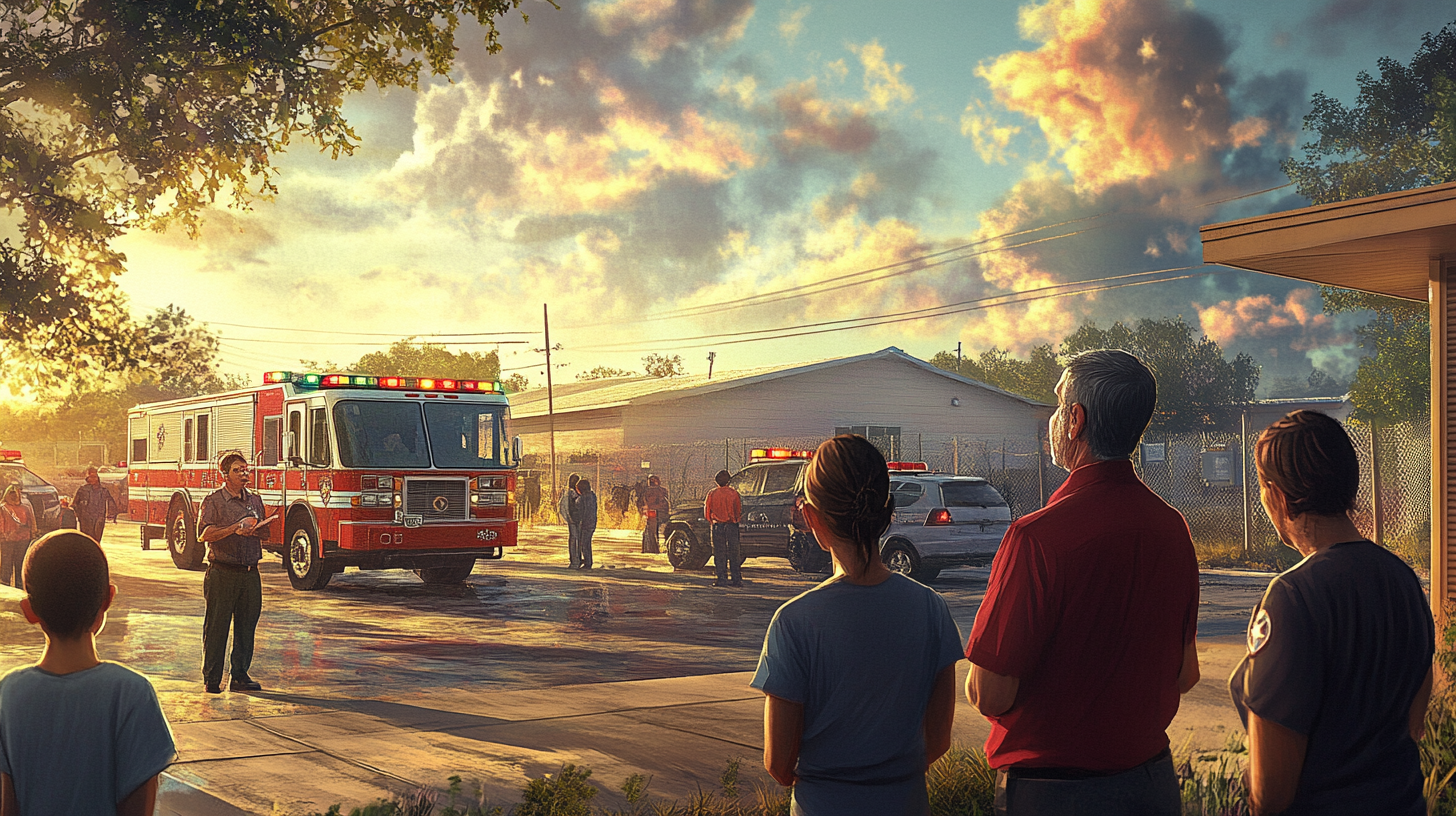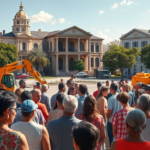Governor Abbott Declares Disaster for Rio Grande Valley Following Severe Flooding
Governor Greg Abbott has officially declared a disaster in the Rio Grande Valley, encompassing Cameron, Hidalgo, Starr, and Willacy counties, as the region grapples with severe flooding that has disrupted daily life. This declaration allows these counties to access state resources necessary for recovery and rebuilding efforts, offering a crucial respite for Valley residents.
Immediate Impact and Response
The decision by Governor Abbott came as communities throughout South Texas faced intense rainfall and flash flooding, leading to near-total power outages impacting almost 6,000 households and significant infrastructural challenges. The Texas State Emergency Operations Center has been activated at Level II to manage state assistance and coordinate with local authorities to mitigate the crisis.
“The state’s priority is to support the people of South Texas in these distressing times,” Governor Abbott said in a recent statement. “My hope is that this declaration will expedite recovery efforts and aid Valley residents as they begin to rebuild and recover.”
Local officials have urged residents to avoid dangerous areas, and those affected by the flooding are encouraged to report storm damage through state-maintained online platforms.
Community Adjustments and Recovery Initiatives
In response to these developments, various community institutions and local governments are adjusting their operations. San Perlita Independent School District has announced a temporary suspension of all school activities on Monday, March 31. Normal operations are anticipated to resume on Tuesday, April 1. This decision underscores the district’s prioritization of student and staff safety.
Furthermore, the city of McAllen has launched an initiative to streamline the recovery process by waiving building permit fees for residents undertaking flood-related home repairs. City officials recognize the financial strain placed on residents and aim to facilitate a quicker return to normalcy. “This measure is about supporting our neighbors and ensuring they have every opportunity to rebuild without the added financial burdens,” said McAllen Mayor Javier Villalobos.
Infrastructural repairs have also begun in earnest. Following the identification of structural cracks, the Texas Department of Transportation (TxDOT) has prioritized immediate repairs to the I-69E Harlingen overpass. Keeping major transit arteries functional is critical to recovery efforts, as it ensures accessibility for emergency services and deliveries.
Flood Warnings and Weather Forecast
Despite the warm, breezy conditions predicted for Sunday, March 30, flood warnings remain in effect across Cameron, Hidalgo, and Willacy counties. Meteorologists report that temperatures are expected to climb into the 90s, raising concerns over potential new weather-related challenges such as heat exposure for those without power or air conditioning.
Community Events and Spirit
Despite the adversities, the community spirit in the Valley remains strong. NFL athlete Micah Parsons recently brought his Lions Den Youth Camp to McAllen, drawing over 400 young sports enthusiasts. These types of events are pivotal in boosting community morale, offering a semblance of normalcy and engagement amid the ongoing challenges. Additionally, educational and sporting events such as the Progreso Red Ants soccer playoffs and the UTRGV football team’s open practice reflect the community’s resilience and adaptability.
In the community sector, highlights such as the live stream of Sunday Mass continue to serve as vital cultural and spiritual lifelines for many. Meanwhile, Noticias RGV has focused on recovery efforts in La Feria, illustrating the personal impacts of the flooding on local families, some of whom are still counting their blessings despite significant damages.
Looking Ahead: Rebuilding and Learning
While immediate relief and recovery take precedence, city planners and community leaders face the broader task of building greater resilience against future storms. The Valley’s geographical and climatic challenges necessitate ongoing discussions regarding infrastructural improvements and effective disaster preparedness.
Dr. Elena Ramirez, an expert in climatology and environmental policy at the University of Texas Rio Grande Valley, emphasized the importance of integrating climate resilience into community planning. “We must use these events as lessons for enhancing our infrastructure, ensuring we are better equipped to handle future occurrences and safeguard community interests,” Dr. Ramirez stated.
For residents affected by this disaster, resources such as those offered by local governments and the state emergency services remain crucial. Updates and guidance can be accessed via local news outlets, city websites, and emergency hotlines dedicated to providing assistance and information.
As the Valley progresses through these difficult times, the strength of its communities continues to shine through. The response to Governor Abbott’s disaster declaration, coupled with grassroots recovery initiatives, reflects a resilient population ready to overcome adversity through collaboration and support.







